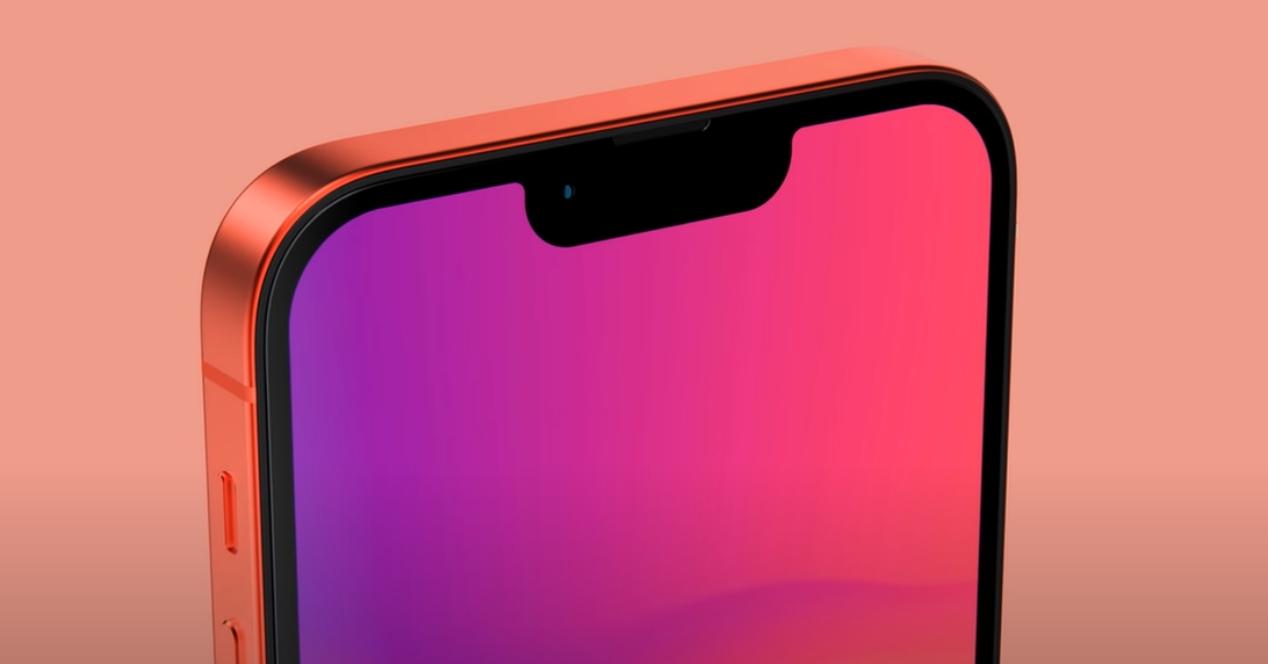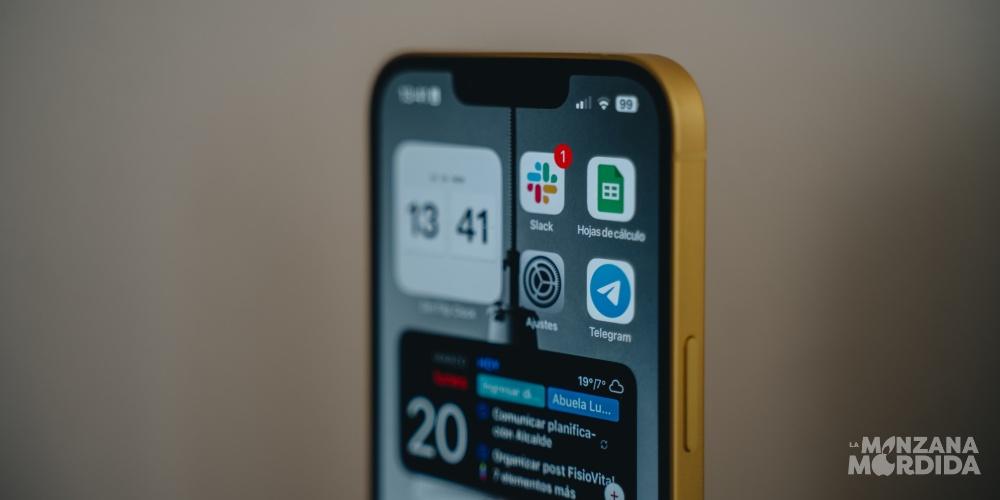The “all screen” iPhone without a notch is closer than ever thanks to this new patent
The design of iPhones has changed significantly in recent years. Since 2017, we saw a turning point with the iPhone X and we welcomed the Notch, which remained unchanged until the iPhone 13, which was when it reduced its size for the first time. Currently we already have the new design of the Dynamic Island in the iPhone 15. And if we follow the logical evolution of the design, an all-screen iPhone would make all the sense in the world.
At Apple they are already working on an iPhone that is “all screen”, that is, without visual elements that interrupt the touch and content area. To this end, they are carrying out different implementations in their test laboratories, and now a new patented document has come to light in which they show advances that “place them one step closer to the iPhone without a notch”, according to the information. that they share from the specialized news medium Patently Apple.
The first great advance that the Californians achieved was the implementation of a system that played with the refraction of light. By having the camera sensors and Face ID located below the screen, an empty pixel region is left. In order to ensure that the image is not distorted in that region, a type of mirror was created that mimics the light from the rest of the screen, projecting that signal on top of the empty area. However, now they have managed to take another step in that direction.

Apple patents a light projector for iPhones without a notch
The step they have taken, and that improves iPhone image quality with a front surface in which everything is a screen, it consists of a light projection system. In fact, what they share from Patently Apple is that “it provides an optoelectric device that combines spotlight and centered lighting resources, compacted in a projection module«,
In other words, the operation of this new system is as follows:
- There is a controller, which in this case is the source that emits the light. This is located on the screen panel.
- This compacted projection system is located in front of this light source, which redirects these light signals to a specific area.

Therefore, we have two points of light from which a signal is emitted, which then it is projected onto the same surface, which in this case is the empty area of pixels, which is where the camera lenses and sensors for the Face ID biometric identification system will be located.
From that point on, the image remains homogeneous, so that in that region of empty pixels an image is shown that is not distorted, and for the user, a sensation that there are active pixels that emit light.
And how does the iPhone know the region in which to focus the light rays? The front cameras, which will be hidden under the screen, will be focusing on that empty region of pixels in which the projector will emit these signals, to provide greater focusing precision.

